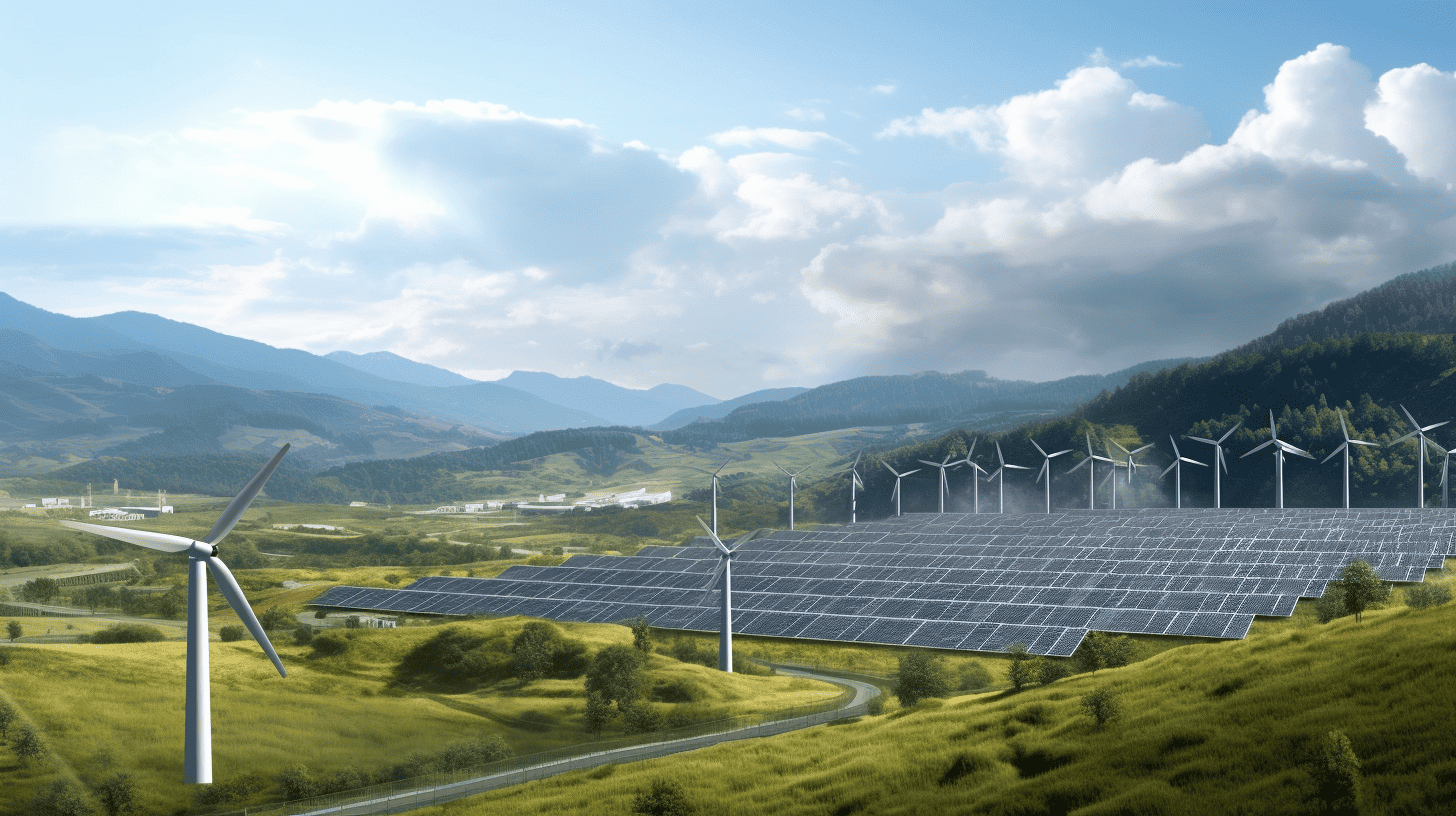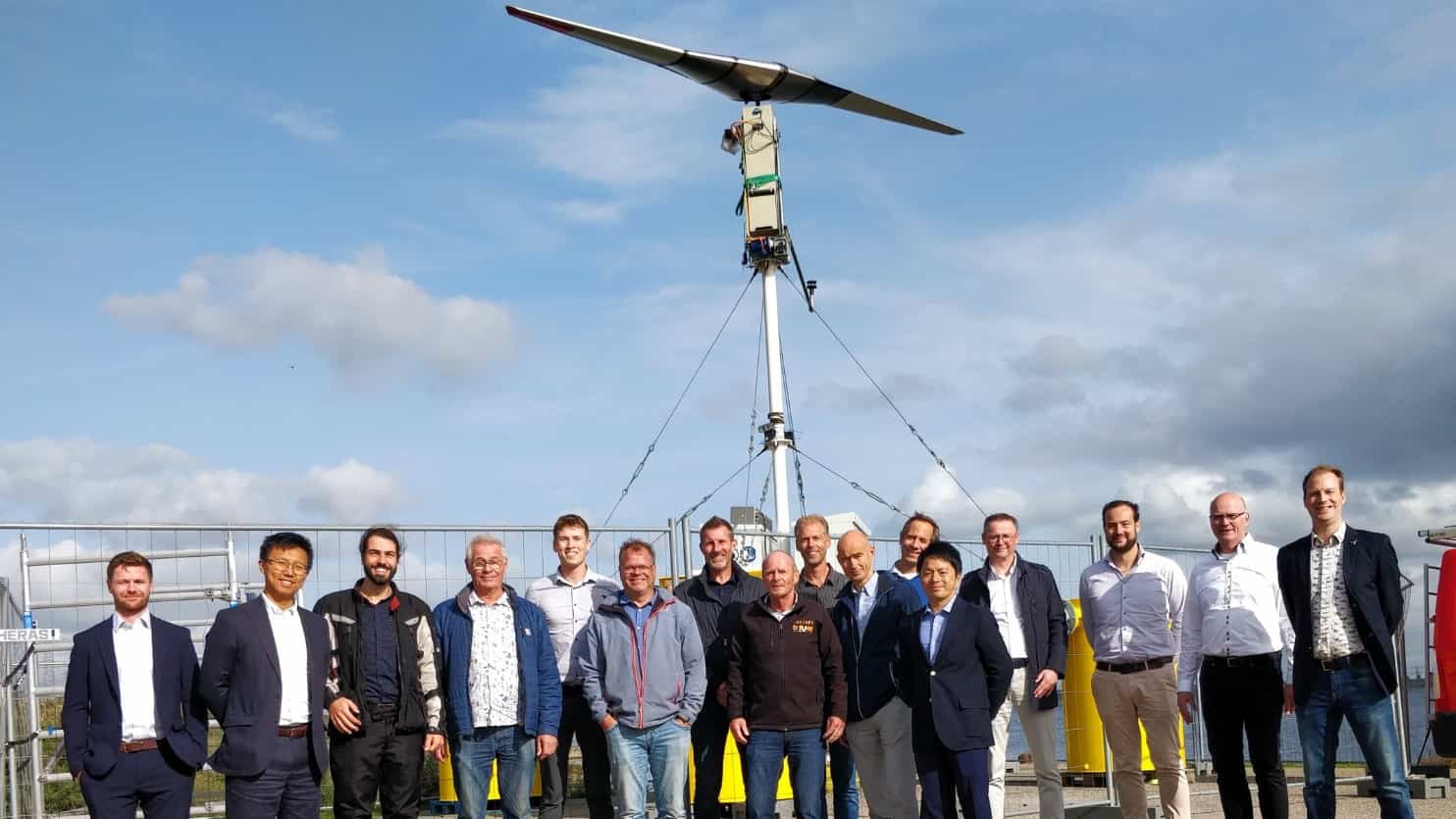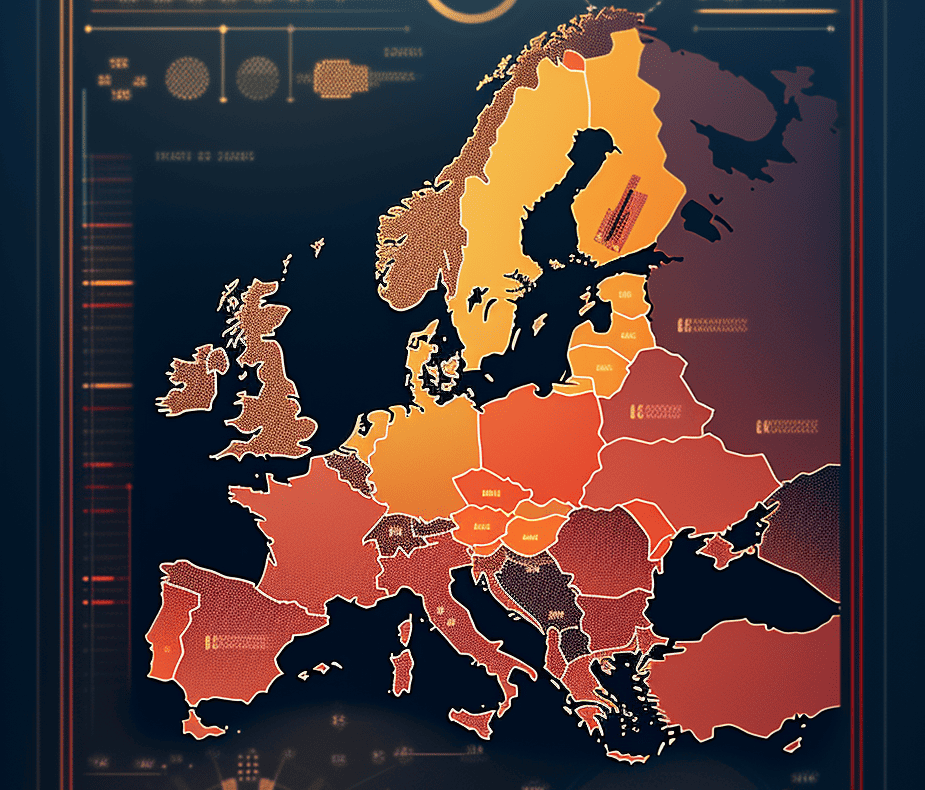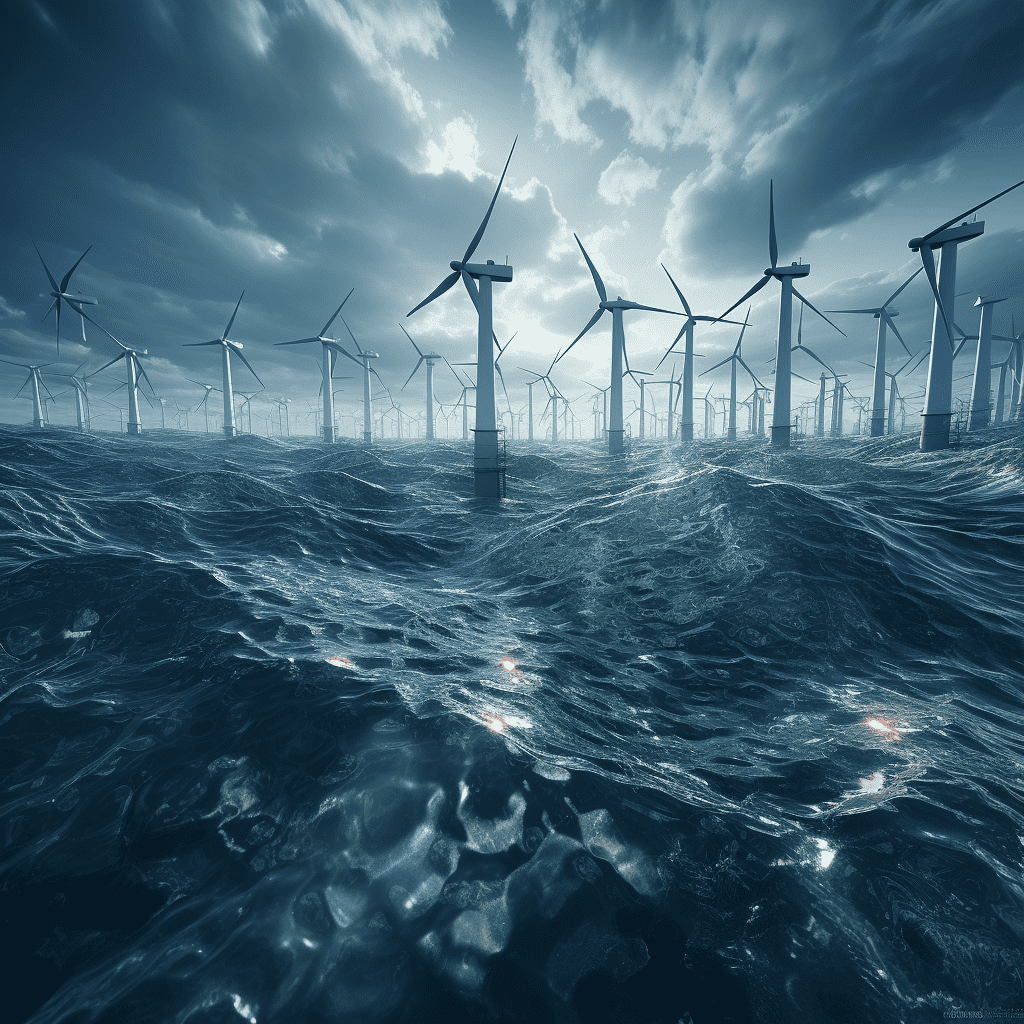
On the one hand, coal and gas electricity generation decreases; on the other hand, wind and sun energy pick momentum. Europe’s way of generating electricity is changing, albeit much remains to be done to live up to climate ambitions.
Why this is important
With 2024 in full swing, 2023 electricity data came in. Ember’s European Electricity Review is one of the most trusted sources to describe the Old Continent’s electricity scenario. The report underlines some promising trends, but also stresses the necessity to keep the momentum going.
Energy think tank Ember published its 2024 European Electricity Report, an analysis of the electricity transition in the European Union in 2023. Three salient points emerge: fossil fuel generation and emissions decreased by 19 percent last year, with renewables accounting for 44 percent of the electricity generated in the EU and wind outpacing gas in electricity output. Moreover, for the first time, over a quarter of the electricity produced in the bloc came from wind and solar.
The Dutch scenario also reflects some of these macrotrends. Although gas is still the main source of electricity, emissions in the power sector dipped by 16 percentage points, and wind and solar combined provided over 40 percent of the country’s produced electricity. Electricity generation in the country has been shifting, as shown by the line chart below.
Less coal and gas
Emissions reduction relates to a lower use of coal and gas for producing electricity. In 2023, coal-produced electricity in the Netherlands totaled 8.42 TWh – slightly less than seven percent of the total electricity generated. The line chart above shows this is 44 percent less than the previous year. Gas-produced electric power fell by two percent.
The Ember report mentions three factors to explain the fossil’s fall on the EU level: the rise in wind and solar generation, a fall in electricity demand, and a rebound of hydro and nuclear generation. While the latter doesn’t apply to the Dutch case – nuclear and hydroelectric power represent marginal parts of the electricity mix – the other two factors are undoubtedly relevant. Electricity demand decreased by five percent in 2023, the Nationaal Klimaat Platform reports. Wind and solar surges are behind the decline in coal-generated electricity.
Coal-generated electricity plummets
Coal generation in the EU fell by 26 percent, a record dip. The think tank also reports how coal-derived electricity has halved since 2016 and that by 2025, a fifth of EU coal plants will shut down. Ember fully attributes the phase-out to the rise of renewable energy, pushing the gas scale back further – gas generation has been falling in the last four years.
In Italy, Spain, and the Netherlands – the countries responsible for the highest gas-originated electricity production – coal generation plummeted, with multiple hours with no coal generation at all. The Netherlands has nearly phased out coal, within seven years, as shown in the bar chart below.
Wind is driving the Dutch energy transition forward
Denmark remained the leader in wind power generation in 2023, generating 57 percent of its electricity from offshore and inland wind turbines. Sensibly, the Netherlands boosted its proportion of wind power as well; little less than 25 percent of the country’s electricity came from wind parks. Furthermore, it also achieved the highest absolute year-on-year increase in wind power generation. Only Lithuania, Luxembourg, and Latvia did better, registering large wind capacity additions.
According to the report, Germany and the Netherlands might surpass Portugal in wind-generated electricity in the power mix this year, given the consistent wind growth. In late 2023, the Hollandse Kust Noord Farm wind park went online. The wind farm should guarantee at least 3.3 TWh of electricity annually. Moreover, the government will soon launch the largest tender to date for the IJmuiden Ver wind energy area. The two plots involved will provide four more gigawatts of capacity.

Netherlands abdicates from the solar throne
The Netherlands is not the solar champion anymore. With 16 percent of electricity from sun power, the country is now fourth, as Greece emerged as the new EU solar leader. Having increased its share by two percentage points – as opposed to the five percent growth in 2022 – the country lost the crown. To Ember’s analysts, the causes are grid congestion, the lack of space for ground-mounted photovoltaic systems, and the anticipated phase-out of the net metering scheme.
Whereas the first two elements will likely impact Dutch solar expansion in 2024, the net metering scheme will remain. Despite being approved by the House of Representatives, the Senate rejected the bill to phase out the net metering scheme. The ‘salderingsregeling’ will stay for the time being, as the two main parties – farmers’ party BBB and leftist PvdA – voted against the bill. Given the price drop of solar panels, lower-income households can now buy them, so they should also enjoy the benefit, according to the opposers. Minister of Economy and Climate Rob Jetten, who proposed a phase-out plan, underlined how the plan costs the cabinet €700 million in tax losses annually.
Green electricity is the enabler
Despite all the encouraging signals, much remains to be done to decarbonize the electricity sector. Demand reduction made Europe and the Netherlands burn less gas or coal to produce electricity, but as society prepares to embrace electrification, we will need more and cleaner electricity. Solar and wind power will be the key enablers.








